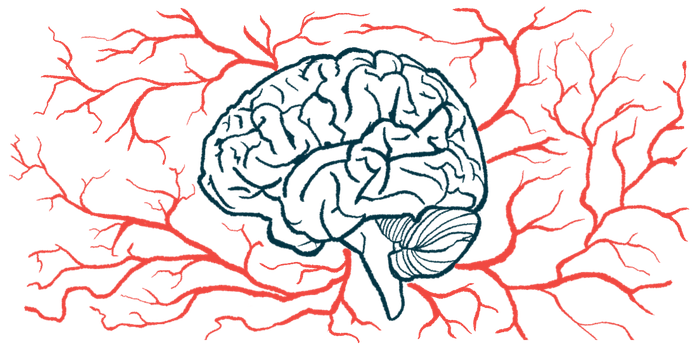Ube3a protein helps regulate brain connections during development
Angelman syndrome is caused by defects in gene that helps make the protein
Written by |

The protein Ube3a, whose defect causes Angelman syndrome, helps regulate connections between brain cells during development.
That’s according to the study, “Presynaptic Ube3a E3 ligase promotes synapse elimination through down-regulation of BMP signaling,” which was published in Science.
“Our findings reveal the physiological role of Ube3a and suggest potential pathogenic [disease-related] mechanisms associated with Ube3a dysregulation,” the researchers wrote.
Mattia Maroso, an editor at Science, said the findings “potentially explain the mechanism mediating the development of disorders such as Ube3a-mediated Angelman syndrome and autism spectrum disorder.”
Angelman syndrome is caused by defects in the gene that provides instructions for making the Ube3a protein, rendering it absent or defective. Abnormally high Ube3a levels have been linked with autism spectrum disorder. Since Angelman and autism spectrum disorders are both marked by differences in brain development, it follows that Ube3a must aid in coordinating normal brain development.
Ube3a protein and nerve cell connections
Knowing what role that is has been hard to pin down, due in part to “the technical difficulties in handling the neural circuits of the developing mammalian brain,” Kotaro Furusawa, first author of the study at the University of Tokyo, said in a press release.
Working in a fruit fly model, scientists at the University of Tokyo showed the protein helps regulate the development of synapses, or connections between nerve cells through which they communicate.
The number of synapses in the brain increases in the first years of life. A pruning process occurs during childhood and adolescence when unneeded synapses are eliminated. This lets necessary synapses grow stronger and be more stable. The process is thought to be one of the major biological mechanisms that lets children learn so quickly as they grow.
The researchers found that Ube3a is needed for pruning unnecessary synapses. In the fly model, when it was absent, flies retained more synapses than they normally would. When it was overactive, the flies lost more synapses than normal. The findings could explain why decreased Ube3a activity can cause Angelman, whereas increased activity can lead to autism.
The researchers deduced that Ube3a helps eliminate synapses by acting on the presynaptic neuron, the nerve cell that sends a signal across a synapse, where it’s received by the postsynaptic neuron.
Within the presynaptic neuron, Ube3a decreases the activity of bone morphogenetic protein (BMP) receptors, which are molecular receptors normally needed for synapse growth. By eliminating them, Ube3a primes synapses for destruction. The results suggest treatments that target BMP receptors might help normalize brain development in Angelman syndrome, the researchers said.






